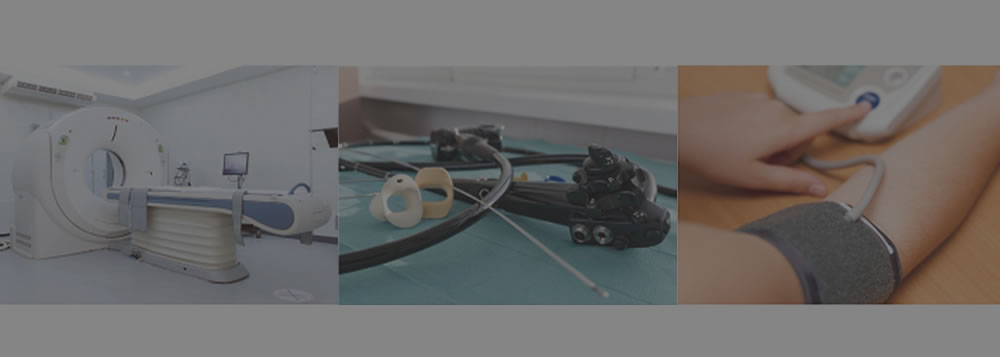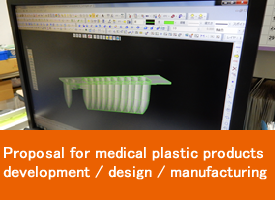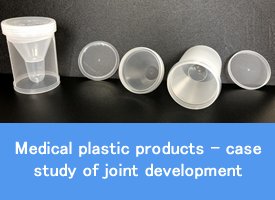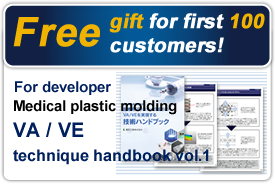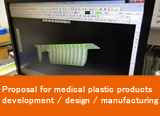Medical devices are classified into three categories according to the Japanese Pharmaceutical Affairs Law, depending on the degree of risk to humans or animals due to the use of such devices.
General medical device
No adverse effects on human life and health, even when side effects or functional disorders occur
Managed medical device
Even if side effects or impairment of function occur, those that need to be properly managed because they may affect human life and health
Highly managed medical device
Appropriate management is necessary because if side effects or impairment of function occur, they may seriously affect human life and health.
Which of the above three categories medical devices are classified by the Minister of Health, Labor and Welfare, referring to the opinions of the Pharmaceutical Affairs and Food Sanitation Council. The following factors are considered in determining the classification of the medical device, that is, whether the risk is high or low.
- Whether it is used for the human (or animal) body
- Which parts, if used on the human (or animal) body, will come into contact with
- If used in contact, how long have you been in contact with your body?
- If the performance or malfunction of the medical device occurs, what is the magnitude of the damage or danger caused by the failure?
Based on the above factors, what medical device is classified into which rank of three ranks is specifically described in the Classification Notification (Ministry of Health, Labor and Welfare Notification No. 298 on July 20, 2004) with the general name of the medical device.
According to the Classification Notice, as of May 2015, it has been classified into 4,260 items. The breakdown is as follows.
〇General medical device: 1,195 items (scalpel, stethoscope, sphygmomanometer, electric patient table, etc.)
〇Managed medical device: 1,956 items (MR equipment, electronic thermometer, X-ray diagnostic equipment, etc.)
〇Highly managed medical device: 1,109 items (heart catheter, mechanical heart valve, etc.)




